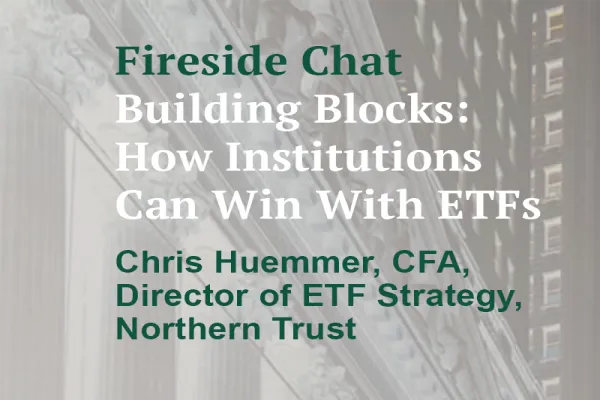A survey of family offices run by Institutional Investor has found that the vast majority are planning to strengthen their allocations to the private markets in the year ahead.
More than three quarters of respondents planned to increase or maintain their current private market allocations in 2026, with 37 percent expecting increased returns from the asset class over the next five years.
Thirty-four percent of respondents said they dedicated more than 40 percent of their allocations to private investments like PE or venture capital, with most opting for funds, direct deals, and co-investments. Around half of respondents preferred drawdown funds as an access vehicle for alternative assets.
The survey was conducted at II’s 22nd Annual West Coast Family Office Wealth Conference at the Montage Laguna Beach in California.
Over the course of the event, II polled the family office delegates in attendance to gauge their investment strategies and priorities, their greatest concerns, and their general stance on private markets, among other topics.
While the event itself was under strict Chatham House Rules, the findings of the survey are anonymous and can therefore provide a snapshot into what attendees were discussing in Laguna this year.
Direct investing was a prominent topic at the event, with in-depth discussions on how best to structure deals and find targets. One session on when to use independent sponsors looked at how best to do due diligence and source outside capital, with the consensus suggesting that picking sponsors with expertise in the targeted sector should take precedence. Despite this, only 31 percent of respondents are currently investing in direct deals.
Just over half of attendees said they were still not allocating to private credit funds today, while slightly more avoided real estate funds.
Respondents were split roughly 60/40 between family office executives and family members, with the highest number of respondents, 35 percent, managing assets somewhere between $100 and $500 million. Seven percent of those polled managed over $10 billion, with the rest falling somewhere between these two groups.
Allocation size varied, with the majority, 62 percent, deploying an average of $1 to $5 million into a fund while investing as an LP. Only 13 percent allocated over $10 million on average, with around half of respondents deploying an average of $5 to $25 million to new investments in 2024. Unsurprisingly, recession worries and geopolitical risk dominated concerns for respondents.
The majority of family offices surveyed still owned the original business that generated the wealth, even as 90 percent had moved beyond being founder-only and were managing money for multiple generations.
One quarter of survey respondents suggested that succession planning and engaging the next generation was what kept them up at night. Almost three quarters said they had no specific succession plan in place.
The issues facing these families and the topics they wanted to discuss all came down to how to maintain — or not, in some instances — the family legacy, and what that legacy really boils down to.
But while the so-called ‘soft’ side of the family office rhetoric is often the most hotly debated, forty-five percent of respondents to the survey said that asset allocation was the family’s main priority.







